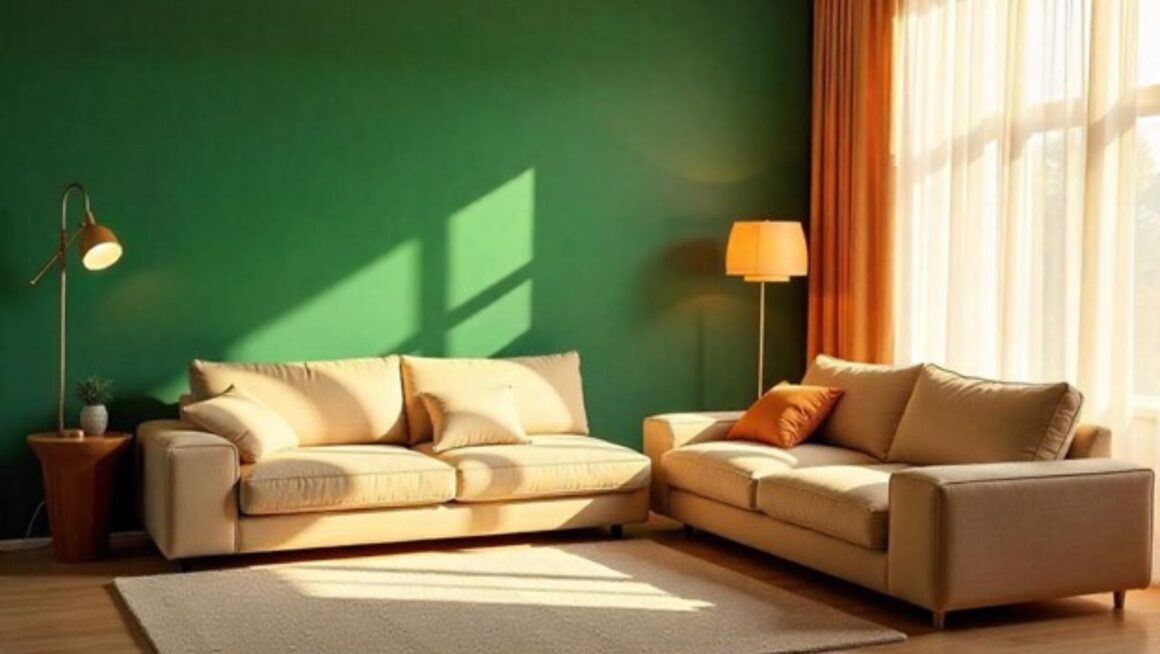In today’s fast-evolving e-commerce landscape, where digital retail is shaping consumer expectations, the ability to visualize products accurately has become a game-changer. This is especially true for furniture manufacturers, as how a piece looks, fits, and feels plays a crucial role in a buyer’s decision-making process. One of the most exciting innovations driving this shift is the 3D product configurator, a tool that’s changing the way consumers purchase furniture both online and in-store. In fact, the growing importance of living room furniture configuration demonstrates how personalized shopping experiences are now at the forefront of consumer demand.
The Rise of 3D Product Configurators
A 3D product configurator is an interactive software tool that allows users to view a product from all angles, rotate it, zoom in for closer inspection, and even customize features in real-time. Unlike traditional static images, 3D configurators provide a dynamic experience where buyers can interact with the product before making a decision. This technology is gaining widespread adoption in the furniture industry, offering a more engaging and personalized shopping journey.
Enhancing Customer Experience Through Immersive Shopping
One of the standout benefits of using an online furniture configurator is the enhanced user experience it delivers. With this tool, customers can inspect furniture from multiple perspectives, choose their own colors, materials, and finishes, and even visualize how the item will look in their homes. For instance, when thinking about the living room furniture configuration, buyers can mix and match sofas, chairs, and tables to see how the overall arrangement will appear, taking the guesswork out of decorating.

This level of interactivity makes shopping more enjoyable and leads to more informed purchasing decisions. Rather than relying solely on imagination or 2D images, customers can explore the product in detail, creating a stronger sense of confidence in their choices.
Boosting E-commerce Sales with 3D Configurators
The impact of 3D product configurators on e-commerce sales has been remarkable. Studies show that interactive 3D models increase conversion rates and reduce product returns. When customers feel more confident in their understanding of the product—thanks to being able to view it from all angles and customize it to their needs—they’re far more likely to complete a purchase. This technology gives shoppers a deeper connection with the product, akin to what they might experience in a physical store.
For retailers, 3D configurators also offer the ability to showcase a vast range of product variations without the need for costly photoshoots or physical displays. This not only reduces presentation costs but also provides a broader selection of customizable options that cater to diverse customer preferences. Retailers can showcase numerous styles, materials, and configurations, ensuring that each shopper finds exactly what they need.
Immersive Technology: The Future of Furniture Shopping
Looking ahead, the future of furniture shopping is set to be shaped by 3D configurators, with innovations in augmented reality (AR) and virtual reality (VR) pushing the boundaries even further. AR, for example, allows customers to use their smartphones or tablets to project virtual furniture into their living space, helping them visualize how a piece will fit with their current decor. This technology will elevate the concept of living room furniture configuration by enabling consumers to play with various layout possibilities before making a purchase.
Similarly, VR can create immersive virtual showrooms where customers can “walk through” a digital space, interacting with furniture as though they were in a real store. These advancements promise to bridge the gap between online and in-store experiences, making digital shopping more immersive and satisfying than ever before.
How Furniture Makers Can Implement 3D Configurators
For furniture manufacturers and retailers interested in adopting this cutting-edge technology, the process of implementing a 3D configurator may seem complex, but the rewards far outweigh the challenges. Here’s a simplified guide to help navigate the transition:

- Select the Right Platform: Choose a 3D configurator tool that aligns with your business needs and goals. Consider factors like customization options, ease of integration, and scalability.
- Digitize Your Products: Create high-quality 3D models of your furniture items. You may need to collaborate with professionals to ensure the digital representations are accurate and visually appealing.
- Website Integration: Work closely with your web development team to integrate the configurator seamlessly into your e-commerce platform. Make sure it is optimized for mobile users, as many customers will access it from smartphones and tablets.
- Explore AR/VR Enhancements: Consider incorporating AR or VR features for a more immersive shopping experience. This can differentiate your brand and attract tech-savvy consumers.
- Promote the New Tool: Market your new 3D configurator through all available channels. Create tutorials to help customers understand how to use it and highlight the advantages of interacting with customizable, 3D products.
The Revolution is Here
In summary, 3D configurators are transforming the furniture industry by creating richer, more interactive shopping experiences that empower consumers. These tools not only help customers visualize their purchases but also enable them to customize products to their specific tastes, whether they’re looking for a perfect living room furniture configuration or personalizing an office setup. As AR and VR continue to advance, the future of furniture shopping will only become more immersive, and retailers who embrace these technologies will be well-positioned to thrive in the digital age.




